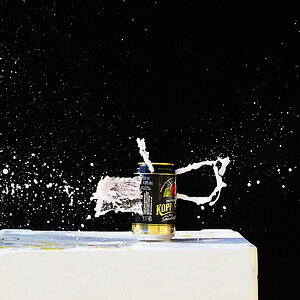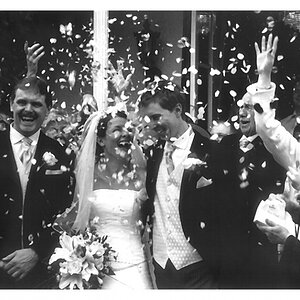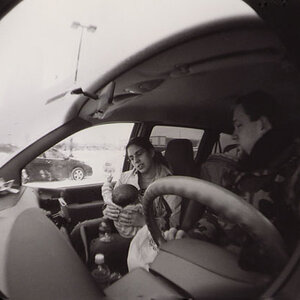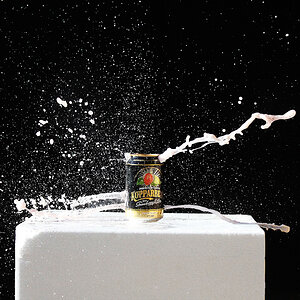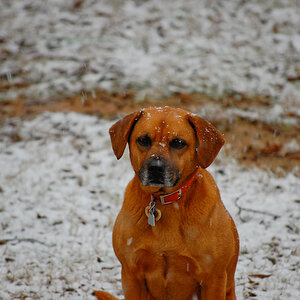Derrel
Mr. Rain Cloud
- Joined
- Jul 23, 2009
- Messages
- 48,225
- Reaction score
- 18,941
- Location
- USA
- Website
- www.pbase.com
- Can others edit my Photos
- Photos OK to edit
I just saw this story linked to via The Online Photographer, and thought it was kind of interesting to see the results OkCupid, and online social network and dating site, found after it analyzed 522,000 photos.
Don’t Be Ugly By Accident! OkTrends
Their article showed that 4/3 cameras made the most attractive photos. They found that using a flash adds an average of seven YEARS to the apparent, perceived age of its subject! Interchangeable lens camera photos lead to more positive ratings of photos than those done with point & shoots, and P&S photos were better than cell camera photos.
In a possibly related vein, it seems that wide-aperture photos, with a sharp person and a blurred backdrop, get the most positive ratings, and wide apertures like f/1.2 to f/2.8 all score well into the "plus" or "positive" side, while small-aperture photos like those shot at f/11 to f/22 fare poorly by comparison.
The article has some other interesting bits. I have no idea about the validity of the statistical analysis done by these folks, but I found their conclusions interesting to look through, since there are so, so few examples of photos and quantitative analysis available for discussion.
Don’t Be Ugly By Accident! OkTrends
Their article showed that 4/3 cameras made the most attractive photos. They found that using a flash adds an average of seven YEARS to the apparent, perceived age of its subject! Interchangeable lens camera photos lead to more positive ratings of photos than those done with point & shoots, and P&S photos were better than cell camera photos.
In a possibly related vein, it seems that wide-aperture photos, with a sharp person and a blurred backdrop, get the most positive ratings, and wide apertures like f/1.2 to f/2.8 all score well into the "plus" or "positive" side, while small-aperture photos like those shot at f/11 to f/22 fare poorly by comparison.
The article has some other interesting bits. I have no idea about the validity of the statistical analysis done by these folks, but I found their conclusions interesting to look through, since there are so, so few examples of photos and quantitative analysis available for discussion.




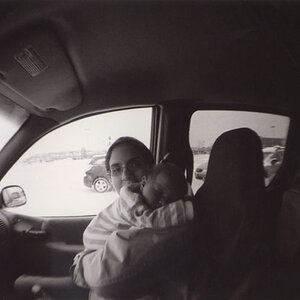
![[No title]](/data/xfmg/thumbnail/32/32810-094482c1ef1c76eae62a96107013a72e.jpg?1619735669)
